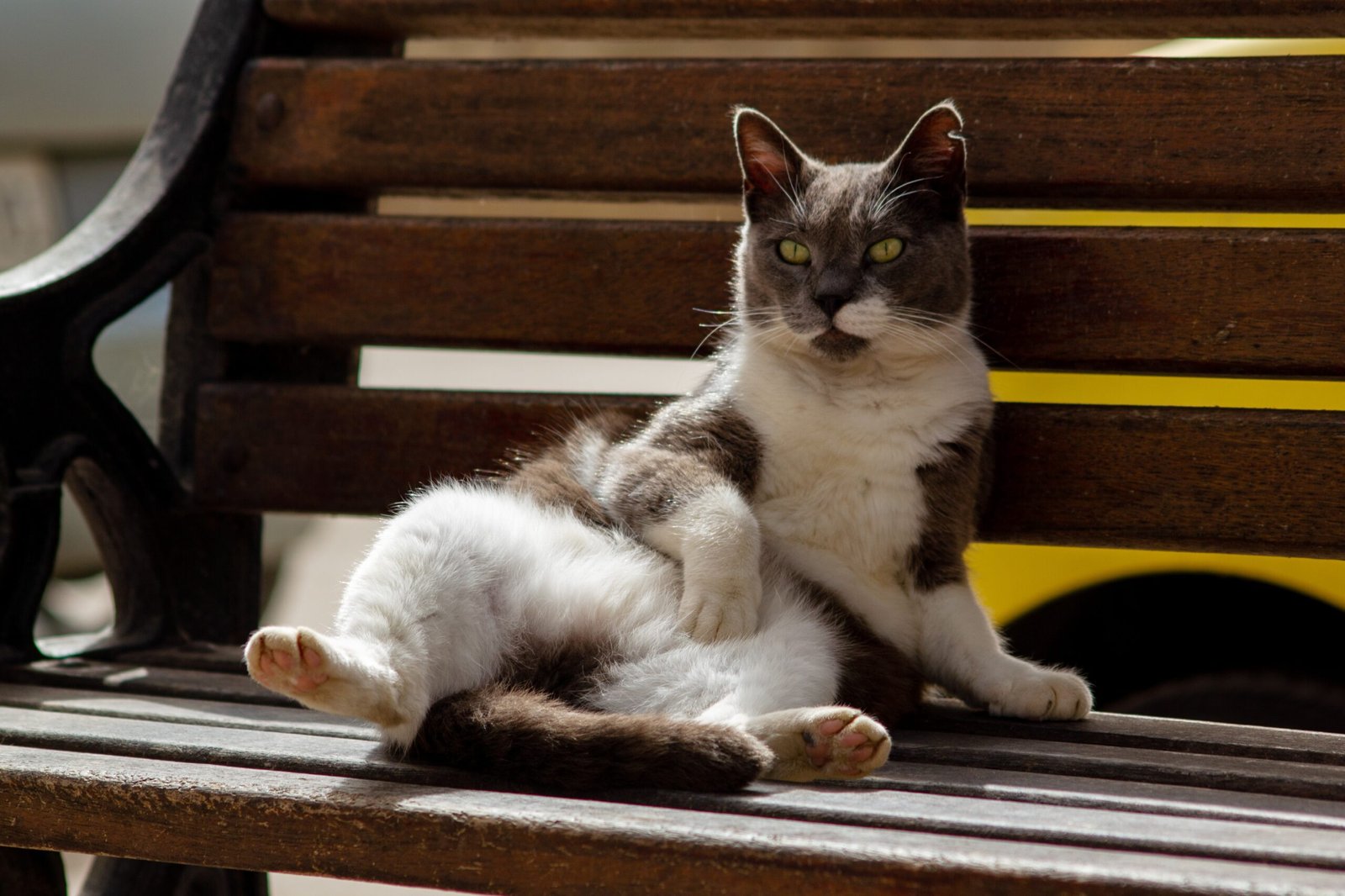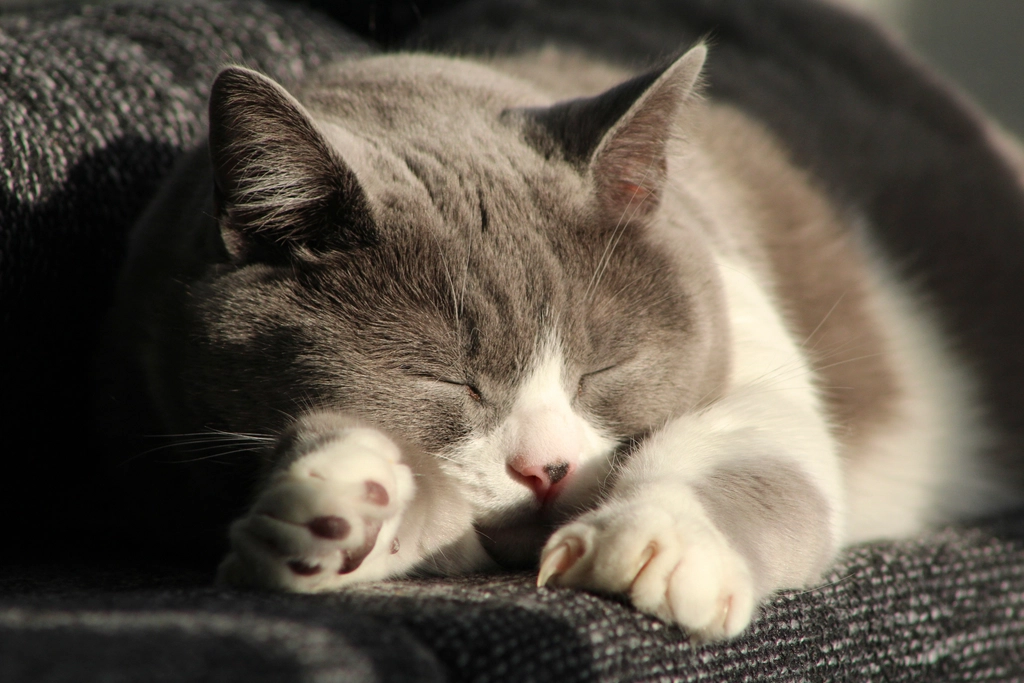Have you ever watched your cat stare in disbelief at a freshly relocated litter box or food bowl? Maybe you thought it was funny—or maybe you were simply trying to tidy up. But what if moving your cat’s stuff around isn’t as harmless as it seems? For cats, their territory is everything. Changing things up might be an adventure for you, but for your feline friend, it can feel like the world’s turned upside down. Let’s dive into the surprising, sometimes hilarious, and occasionally heart-wrenching ways your cat reacts when you can’t stop shuffling their things.
The Importance of Familiar Territory for Cats

Cats are creatures of habit, and their sense of security is deeply tied to their environment. Unlike dogs, who often see the world as one big playground, cats carve out territories and fill them with familiar scents and objects. This helps them feel safe and in control. When you move their stuff, it’s like someone rearranging your house while you sleep—it can be downright unsettling. A cat’s territory tells them where they belong, where to hide, and where to rest. Shift those boundaries, and you might see your usually calm kitty start acting like a nervous wreck. Even the smallest change can make them question, “Is this still my space?”
How Cats React to Sudden Changes

If you’ve ever moved your cat’s bed or litter box, you might have noticed a look of confusion or even distress. Cats thrive on predictability. When things change suddenly, they can become anxious or skittish. Some might pace around, meow more than usual, or even refuse to use their new setup. It’s their way of saying, “Hey, what happened to my stuff?” This reaction isn’t just dramatic—it’s rooted in their instinct for survival. In the wild, a sudden change could mean danger. So, your cat’s dramatic response isn’t them being stubborn; it’s their way of coping with uncertainty.
Stress and Anxiety: The Hidden Impact

Constantly moving your cat’s things can create chronic stress. You might not notice it right away, but over time, subtle signs start to appear. Your cat might hide more often, eat less, or groom excessively. Sometimes, the stress can even lead to health issues like urinary problems or digestive upset. Imagine waking up every day to find your toothbrush, keys, and favorite chair somewhere new. Eventually, you’d get frustrated or anxious too. Stress in cats often shows up in sneaky ways, so it’s important to look for changes in behavior that might signal your cat is feeling the pressure.
Disrupted Routines and Their Consequences

Cats adore routine almost as much as they love sunbeams. When you constantly move their belongings, you disrupt the patterns they rely on. For example, a cat that’s used to eating in the kitchen might skip meals if you suddenly put their bowl in the hallway. Litter box changes can be even worse—some cats may refuse to use it altogether if it’s not in its “rightful” place. The result? Accidents outside the box or a kitty that seems perpetually annoyed. Keeping things in their usual spots lets your cat relax and trust their environment.
Unwanted Behavior: Scratching, Spraying, and More

When their world feels insecure, cats often act out. You might notice new scratching on furniture or unexpected spraying in odd places. These behaviors are your cat’s way of marking territory and reclaiming control. If you move their scratching post or favorite blanket, they may start scratching somewhere else to re-establish their scent. Spraying, while unpleasant, is also a stress response. It’s how cats say, “This is mine!”—especially when they feel their space is under threat. Consistently moving objects can actually make these behaviors worse.
Food Bowl Fiascos: Mealtime Mayhem

Relocating your cat’s food bowl might seem harmless, but it can throw your cat into a tailspin. Some cats may refuse to eat if their bowl isn’t in its usual spot. Others might eat less, pick at their food, or even knock the bowl over in protest. In multi-cat households, moving food bowls can spark turf wars, with cats competing for the “best” location. For cats, mealtime is about more than just food—it’s about feeling safe and undisturbed. Constant changes can turn a relaxing ritual into a daily battle.
Litter Box Lamentations: Accidents Waiting to Happen

Few things frustrate cat parents more than litter box problems. If you keep moving the box, your cat might get confused about where to go. Some may hold it in, risking health issues, while others might choose a less appropriate spot—like your favorite rug. Cats value privacy and consistency when it comes to their bathroom habits. Mess with their setup too often, and you might end up cleaning up more than you bargained for. Keeping the litter box in a predictable spot saves everyone a lot of stress.
Disrupted Sleeping Arrangements

Cats are masters of napping, and they take their sleep spots seriously. Move their bed, and you might notice your cat wandering around, looking lost, or curling up in odd places. A favorite sleeping spot is more than just a comfy pillow—it’s a sanctuary. Cats choose these spots based on warmth, safety, and proximity to their humans. Constantly changing things up can lead to restless cats who never quite settle down, and in the long run, that can affect their overall health and mood.
Loss of Security and Confidence

A stable environment helps cats feel safe and confident. When their belongings are always on the move, it chips away at their sense of security. You might notice your cat becoming timid, startled by noises, or less likely to greet visitors. Some cats even become more aggressive, lashing out because they feel cornered or uncertain. For many cats, a predictable home is the foundation for a happy, outgoing personality. Take that away, and you could end up with a shadow of the cat you once knew.
Relationship Strain: Cat and Owner Bond

Cats are sensitive to their owner’s actions. If you’re always moving their things, your cat might begin to associate you with change—and not in a good way. This can strain your bond, making your cat less likely to seek you out for cuddles or playtime. They might even hide when you come into the room. Cats thrive on trust, and that trust is built on consistency. If you’re the source of unpredictability, your cat may become distant or wary. Building a strong bond means respecting your cat’s need for stability.
Impact on Multi-Cat Households

In homes with more than one cat, moving things around can stir up even more trouble. Each cat has their own territory and preferred spots. Change the arrangement, and you might trigger fights or territorial disputes. Cats may start blocking each other from resources like food, water, or litter boxes. This can lead to bullying, stress, and even physical altercations. Keeping things consistent helps prevent conflict and keeps the peace among your furry family members.
Health Risks: When Stress Turns Physical

Chronic stress from constant changes can take a toll on your cat’s body. Some cats develop urinary tract issues, like infections or blockages, which can be life-threatening if left untreated. Others might experience vomiting or diarrhea. Stress also weakens the immune system, making your cat more vulnerable to illness. If you notice your cat getting sick more often, it might be time to look at how often you’re rearranging their environment. Sometimes, the best medicine is simply letting things stay put.
Communication Breakdown: Mixed Signals

Cats use their belongings to communicate with both humans and other animals. Beds, scratching posts, and toys are covered in their scent, sending the message: “This is my space.” When you keep moving things, you scramble these signals. Your cat might feel the need to re-mark everything, leading to more scratching or spraying. It’s a bit like constantly changing the locks on someone’s house—they never quite settle in. Clear, consistent signals help your cat feel understood and secure.
Training Setbacks and Confusion

If you’ve worked hard to train your cat to use the litter box, scratching post, or a specific bed, moving these items can undo your progress. Cats are location-oriented learners—they remember where things are, not just what they are. Shift the location, and your cat might forget the lesson altogether. You might find yourself retraining your cat from scratch, which can be frustrating for both of you. Consistency is key when it comes to successful cat training.
Emotional Toll: Sadness and Frustration

Cats might not show emotions the way humans do, but they definitely feel them. When their environment keeps changing, some cats become sad or withdrawn. They might stop playing, lose interest in their favorite toys, or sleep more than usual. Others become frustrated, acting out with vocalizations or mischief. It’s heartbreaking to see a once-happy cat lose their spark. The emotional well-being of your pet is just as important as their physical health, and stability plays a big role in keeping them content.
How to Safely Introduce Changes

Sometimes, moving your cat’s stuff is unavoidable. Maybe you’re moving house, renovating, or just need to declutter. In these cases, gradual changes are best. Move things a little at a time, and let your cat explore the new setup at their own pace. Offer treats, extra playtime, or cuddles to reassure them. Watch for signs of stress, and be ready to slow down if needed. With patience and empathy, you can help your cat adjust to new surroundings without overwhelming them.
Simple Tips for a Happy, Stable Cat

Keeping your cat’s world consistent doesn’t mean never changing anything, but it does mean being thoughtful. Try to keep beds, food bowls, and litter boxes in the same spots as much as possible. If you must move something, do it gradually and give your cat time to adapt. Provide plenty of enrichment with toys, scratching posts, and cozy hideaways. And above all, pay attention to your cat’s behavior—if they seem upset, it might be time to hit pause on the redecorating. After all, a happy cat makes for a happier home.

Growing up traveling and experiencing new cultures and wonders, I have had a passion for nature, adventuring, photography, and videography. I am currently working towards a BSc in Biodiversity and Ecology at Stellenbosch University, and I hope to specialise in Marine Sciences one day.
Please send any feedback to Feedback@animalsaroundtheglobe.com






